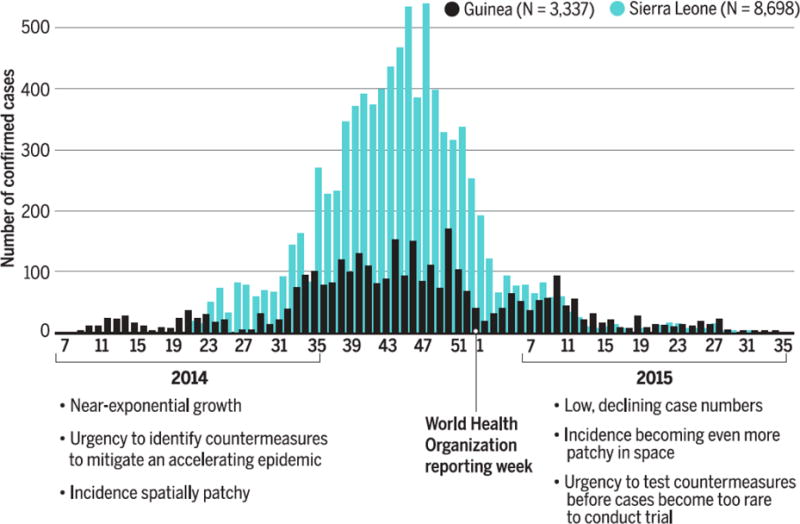Figure 2. Time-sensitivity of testing countermeasures at different stages of the epidemic, illustrated with the epidemic curve of Ebola cases in Guinea and Sierra Leone.

During the ascending phase of an epidemic, case numbers accumulate at an accelerating rate, meaning that each added week of delay in identifying effective prevention or treatment measures brings a larger number of new infections. Once an epidemic is brought under control dwindling case numbers threaten trial power, because lower disease incidence ordinarily makes more trial participants necessary for statistically robust results. In sum, a race to identify countermeasures to stop the epidemic in the early stage is replaced in the late stage by a race to test the countermeasures before a research opportunity for developing countermeasures for future outbreaks is missed.
